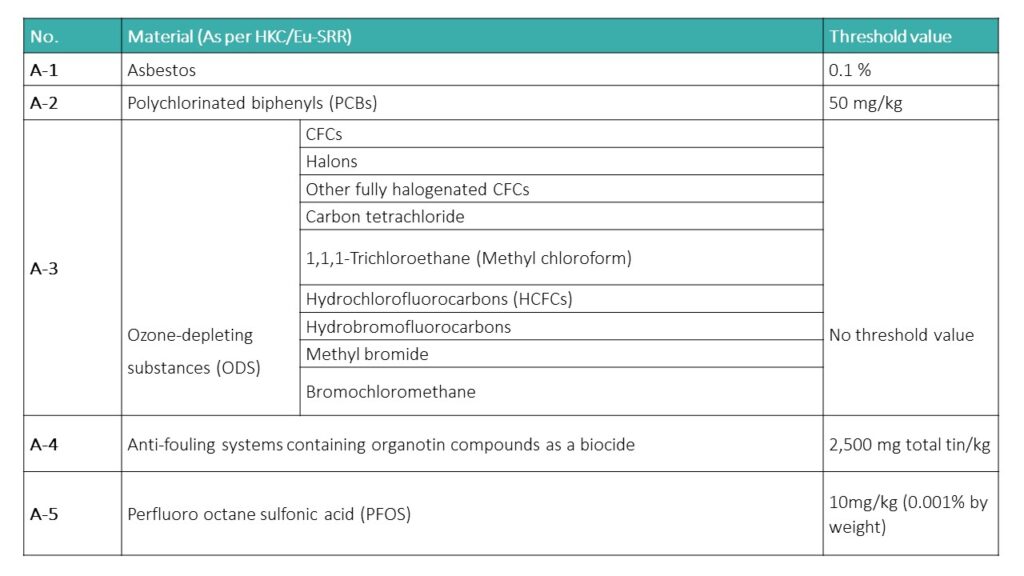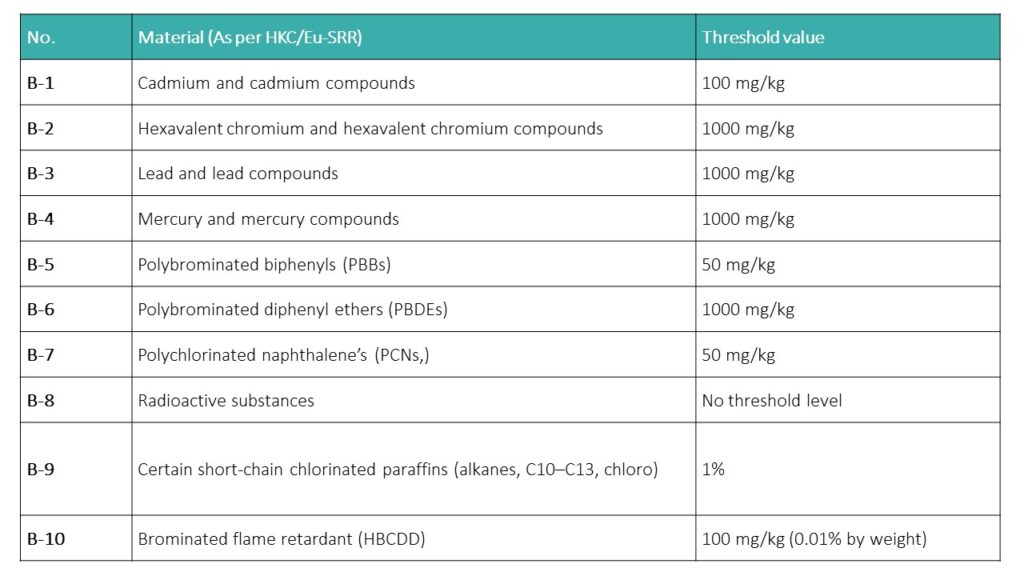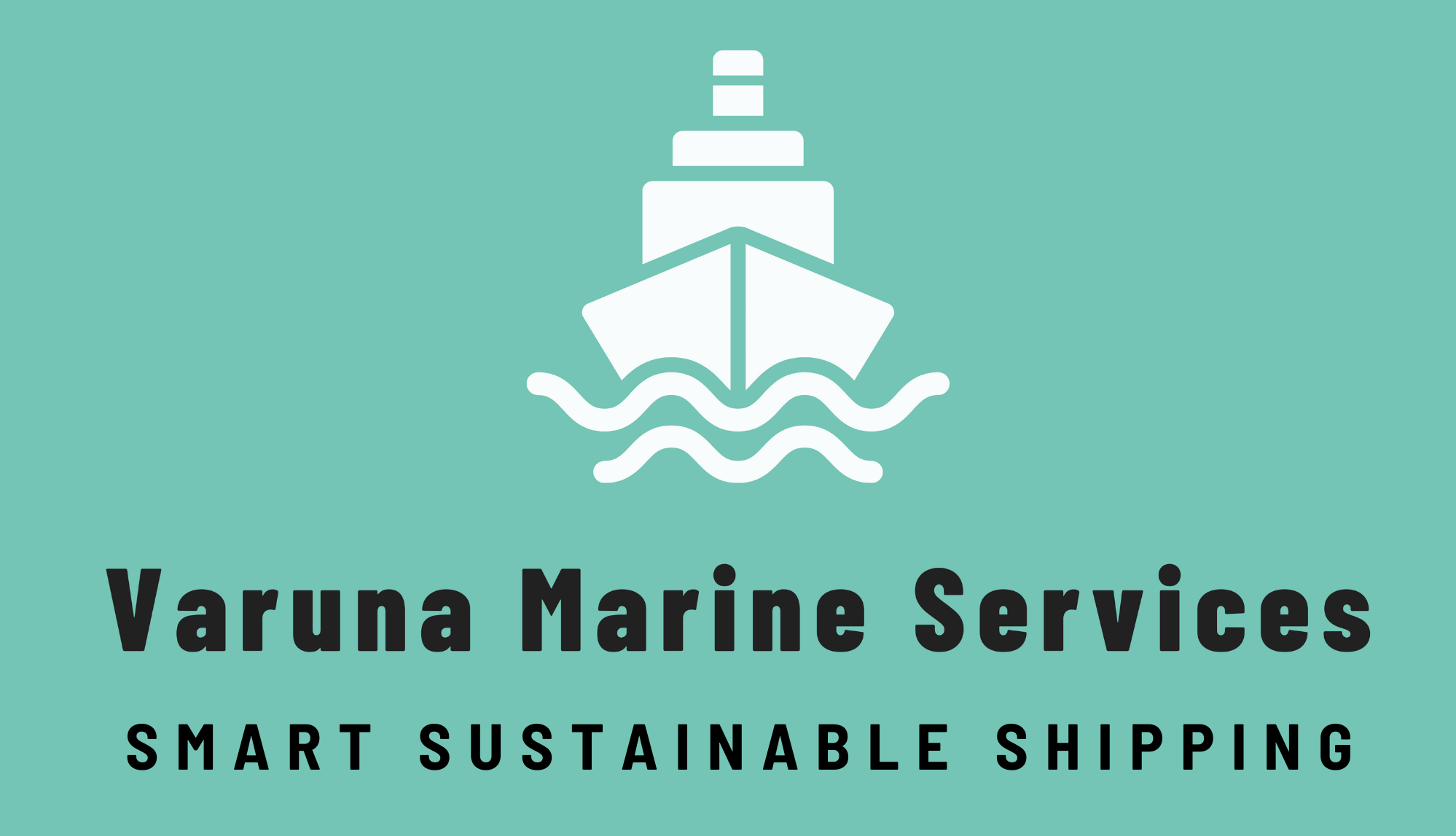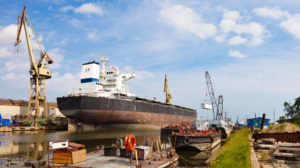The presence of hazardous substances on ships is widespread and it is questionable whether they will be eliminated as they are essential for the construction and maintenance of a ship. An Inventory of Hazardous Materials (IHM) is a certificate stating if a vessel carries hazardous materials onboard its construction and equipment, where it is, and the amount. Based on this certificate, the shipowner can ensure the safety of crew members through the vessel’s working life and assure safe handling of the materials at the point of recycling. Both new ships and existing ships are required to comply with the IHM regulations.
As awareness of hazardous materials grows in response to safety and environmental concerns, various efforts have been initiated by authorities to regulate the inventory and management of hazardous materials throughout the lifecycle of a ship, in particular the Hong Kong Convention and the EU Ship Recycling Regulation (EU SRR).
A brief history of IHM Adoption:
What is IHM?
Inventory of Hazardous Materials (IHM) is an integral part of the Hong Kong International Convention, adopted by the International Maritime Organization (IMO) in 2009 and the regional regulation i.e., EU Ship recycling regulation (EU-SRR)- (Regulation No. 1257/2013) of the European Parliament, which lists, locates, and quantifies the hazardous material present onboard a vessel known to represent a potential hazard to the people and environment.
The Inventory consist of the three parts as listed below:
- Part I: Materials contained in ship structure or equipment. Further, the IHM part – I is subcategorized into three parts.
- Part I-1 Paints and coating systems.
- Part I-2 Equipment and machinery.
- Part I-3 Structure and hull.
- Part II: Operationally generated wastes.
- Part III: Stores
Once the decision to recycle a ship has been taken the development of Part -II and Part – III is required before the final survey, because a ship destined to be recycled shall minimize the wastes remaining on board.
Items to be listed in IHM: The hazards need to be listed in IHM as per Resolution MEPC.269(68) – 2015 Table 3.1.1 Table A (HKC) / Annex I (EU SRR) and Table 3.1.2 Table B (HKC) / Annex II (EU SRR) if possible, including additional information on threshold values.
Table 3.1.1 Table A (HKC) / Annex I (EU SRR) hazards to be recorded in IHM Part

Table 3.1.2 Table B (HKC) / Annex II (EU SRR) hazards to be recorded in IHM Part I

**Note: As per the HKC there are only 13 hazardous materials that need to be listed in IHM and as per the EU-SRR there are two additional hazardous materials (A-5 – PFOS & B-10 – HBCDD) that need to be listed in the IHM.
Development of the Inventory of Hazardous Materials (IHM) for Existing Ships:- The below-listed procedures must be followed for the development of the IHM.:
- Collection of the necessary information.
- Assessment of collected information.
- Preparation of visual/sampling check plan.
- Onboard visual check and sampling check.
- Preparation of part I of the Inventory and related documentation.
Importance of IHM
The main importance of an IHM is to prevent, reduce, minimize, and eliminate accidents, injuries, and other adverse effects on human health and the environment caused during the process of ship recycling, and enhance ship safety, protection of human health, and the environment throughout the operating life of the ship.
An IHM is ship-specific and covers the entire life of the vessel, from the construction of the vessel up to the scrapping and recycling at the end of the ship’s operating life.
Benefits of IHM
An IHM provides in-depth records of all the hazardous materials which are present on the vessel, which makes it the Ship Owner, crew, managers, and last but not least the recycling facility easier to stay up to date and compliance with the IMO guidelines.
In the growing concern about the health, safety, environmental, and welfare matters in the ship recycling industry IHM also help to achieve the Safe and Environmentally Sound Recycling of Ships that have reached the end of their operating life.
Varuna Marine Services B.V. is certified with all major classification society and flag states to carry out IHM Part I, Part II, and Part III. Our global network of certified Hazmat experts allows us to deliver a technically sound IHM inspection with a high degree of efficiency. Reach out to us to discuss your requirements at: IHM@varunamarine.eu




